Tips to optimize the lead generation process
- Map out your buyer personas
- Define lead scoring and segmentation criteria
- Create compelling lead magnets
- Stand up your technology stack
- Build out lead magnet promotion campaigns
- Optimize the lead generation process
A successful lead generation process is a critical part of a marketing agenda and a key driver of a growing business and healthy revenue increases. Like every other element crucial to a better bottom line, it demands a strategic approach and constant refinement.
In other words, don’t wing it.
When it comes to lead generation — which is the way you attract and capture contact information from prospects you can transform into committed customers — you need a well thought-out plan of action and a system for measuring your efficacy and improving.
We’ll dig into the specific steps that you can use to both build and optimize this all-important marketing process, but first, let’s examine the nuances of an actual lead.
What is a lead?
Leads are prospects who have expressed some interest in or engaged with your brand in some way, most often by sharing their contact information, such as an email address or a phone number, in exchange for something of value outside of your actual product or service (e.g., updates about future sales, a free tutorial, etc.).
These former strangers may be close to making a particular purchase, or they could be in the very beginning stages of their research. It’s a marketer’s job to draw them in and build a relationship with them so that when they’re ready to buy, they buy from your company.
The first part of this task — drawing leads in — refers to the lead generation process, while the act of building relationships is known as the lead nurturing or lead management process. Both are equally important in acquiring new customers, but you can’t nurture leads that don’t exist, so it’s wise to spend time polishing your generation cycle before you get too in the weeds with how to nurture and manage your leads.
6 critical steps to a successful lead generation process
Map out your buyer personas and research your target audience
If you don’t have a solid marketing strategy that includes valuable information about your target audience and the subsegments within their ranks, now is the time to dig into your could-be customers and really get to know who they are.
Creating buyer personas, which are hypothetical representations of your ideal customers, is one way to formalize this research step — and it’s an important part of lead generation success.
That’s because these profiles can help marketers gain a deeper understanding of the target audience and their motivations and interests, which, in turn, makes it easier to create a more effective and personalized message.
The latter is especially critical in a world where 84 percent of potential customers say they want to be treated like a person — not a number — when it comes to companies winning their business. Buyer personas can guide you in creating the key assets or offers that will persuade prospects to provide you with their contact information and make the transition from unknown voyeur to known lead.
Define lead scoring and segmentation criteria
While there’s a great deal of debate about whether marketers should spend more time focusing on the quality or quantity of leads, one thing is for sure: Lead scoring is a great way to create a better lead generation process.
Lead scoring is a methodology for ranking leads according to how ready they are to buy and how closely they align with your buyer personas. This approach to prioritizing leads makes it easier to determine not only who you should spend the most time selling to, but also how you sell to particular people.
You assign scores based on how closely a lead fits your target profiles (e.g., if they hold the right job, if they make the right income, if they’re from the right size company, etc.) as well as how a lead has interacted with particular marketing materials (e.g., visiting a high-value landing page, downloading a particular asset, signing up to receive specific updates, etc.). In theory, the higher a lead’s score, the more qualified they are and the closer they are to getting out their credit card and becoming a customer.
Most lead scoring methodologies will, at the very least, include criteria for distinguishing between marketing-qualified leads and sales-qualified leads.
Call out:
Marketing-qualified leads versus sales-qualified leads
A marketing-qualified lead (MQL) is a lead who isn’t quite ready to make a purchase but has indicated through a particular action or behavior that they’re interested in your offering. These leads are more qualified than others based on the demographic or psychographic data you’ve captured.
A sales-qualified lead (SQL) is a lead who’s very close to making a purchase as indicated by their interactions with your product and channels. These potential converts should be passed off to your sales team so that the right representatives can make contact and close the deal.
In addition, many lead scoring techniques will have some way to determine whether leads are cold, warm, or hot. Cold leads are people who haven’t actually expressed an interest in your product or who aren’t familiar with your brand. Warm leads are those who are interested in your offering but who aren’t quite ready to buy, and hot leads are people who are extremely interested in your product and very close to making a purchase.
Create compelling lead magnets
Once you know the ins and outs of your audience and have worked with your sales team to create lead scoring criteria, the next step is to actually create the offers and assets that will persuade prospects to provide their contact information. These so-called lead magnets aren’t part of your product or service suite but free elements that add value.
Good lead magnets typically solve a problem or address a particular need. They should also align with the motivations and interests of your buyer personas.
Popular lead magnets include giveaways, free trials, or coupons, but outside of these product-centric options, effective lead magnets are often content-based. For example, you may want to create a comprehensive downloadable guide that explains how to accomplish a key task your customers would be interested in, provide them with some free templates or calendars that would be helpful, or invite them to take a quiz that would deliver useful results.
Stand up your technology stack
If you’re a marketer who loathes the technical nitty gritty that often props up the more creative parts of your job, this step may seem painful. But the good news is that, thanks to digital transformation and the advent of all kinds of software and solutions for business professionals, it’s actually easier than ever to set up the necessary bits and pieces that will support your lead generation process.
First and foremost, you need a way to capture prospects’ contact information. This is most commonly done by embedding a form on your website, which Jotform makes super simple and lightning fast. You don’t need technical expertise, and you can even customize your form to suit your needs and reflect your brand.
If you want something more robust, you might want to consider marketing automation and customer relationship management platforms. These solutions work independently or together to track and score leads, automate workflows that nurture leads to conversion, and keep tabs on sales efforts to particular leads.
Build out lead magnet promotion campaigns
Lead generation is not part of Field of Dreams, and unlike Kevin Costner’s famous stadium in the movie, if you build it (i.e., a good lead magnet), they won’t just come. A strong lead magnet is a critical part of the process, but you need to promote it effectively so that prospects are aware of its existence.
Where and how you promote your lead magnet should align with the behaviors and interests of your buyer personas. For example, if you’re marketing to a much older generation, social media may not be as effective since these individuals don’t use Facebook, Instagram, or Twitter as much as their younger counterparts.
What’s more, consider using paid promotional tactics versus free promotional tactics and carefully tracking your spend and success rates in both cases.
Here are a few of the most common marketing channels to consider:
- Paid search (pay-per-click and display advertisements)
- Search engine optimization
- Email marketing
- Social media marketing
- Referral marketing
- Affiliate marketing
- Events and conferences
Optimize the lead generation process
Last but not least, make sure you have the right reporting structures in place to measure the success of your lead generation efforts. After all, if you can’t measure it, you can’t make it better.
Specifically, you’ll want to track how many leads each lead magnet generates, which channels and promotional efforts send the most traffic to your lead capture pages, how much it costs to generate a lead if you’re using a paid promotional channel, and the conversion rates for each lead magnet.
Once you’re keeping tabs on your metrics, you can start to make changes based on where you see good results and where you’re falling short. These optimizations can be very small, like changing the number of form fields on a lead capture form to see if more people convert, or they can be considerably bigger, like choosing to invest in paid social promotions after organic posts showed no return.
Whatever you do, never stop striving for improvement and never stop iterating. Big wins can often come from minor tweaks.































































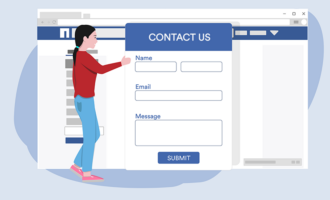



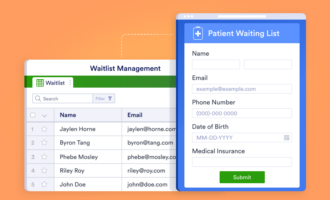











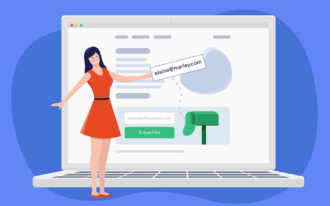

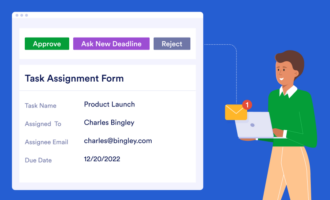






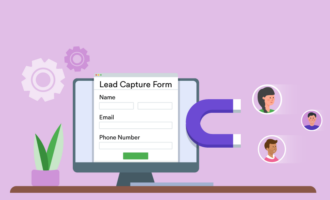







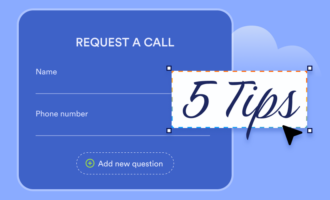


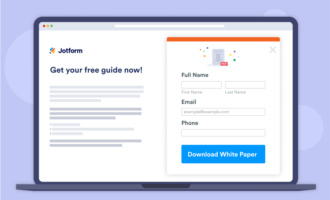





Send Comment: